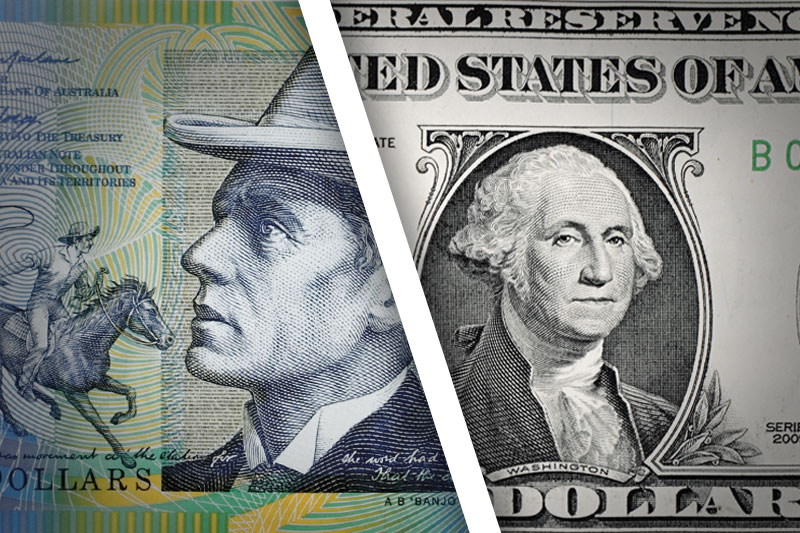Investing.com - The Australian dollar traded higher against its U.S. rival during Thursday’s Asian session, bouncing off three-week lows following the release of encouraging private new capital expenditure data out of the world’s 12th-largest economy.
In Asian trading Thursday, AUD/USD rose 0.19% to 0.8959. The pair was likely to find support at 0.8848, the low of August 5 and resistance at 0.9036, the high of August 25.
In a report released earlier Thursday, the Australian Bureau of Statistics said that Australian private new capital expenditure rose 4% in the second-quarter following a 4.1% first-quarter decline. The first-quarter number was revised up from a drop of 4.7%.
Analysts had expected Australian private new capital expenditure to rise just 1% in the second quarter.
On Wednesday, Official data showed that construction work done in Australia fell 0.3% in the second quarter, confounding expectations for a 1.6% increase, after a 1.9% decline in the three months to March.
The Aussie and other riskier currencies have been hit due to rising tensions in Syria. Western nations are considering a military strike against the Middle East country after the regime there used chemical weapons against its own citizens.
The U.N. Security Council was studying draft language, and with a veto possibly to come from Syrian allies Russia and China resulting in a deadlock, U.S. and U.K. policymakers may look beyond diplomatic deadlocks and seek ways to justify military strikes without a U.N. Mandate.
Elsewhere, AUD/JPY rose 0.21% to 87.49 after Japan’s Ministry of Economy Trade and Industry said that Japanese retail sales fell 0.3% last month following a 1.6% gain in June. That was still better than the drop of 0.6% for July economists expected.
AUD/NZD fell 0.11% to 1.1450.
In Asian trading Thursday, AUD/USD rose 0.19% to 0.8959. The pair was likely to find support at 0.8848, the low of August 5 and resistance at 0.9036, the high of August 25.
In a report released earlier Thursday, the Australian Bureau of Statistics said that Australian private new capital expenditure rose 4% in the second-quarter following a 4.1% first-quarter decline. The first-quarter number was revised up from a drop of 4.7%.
Analysts had expected Australian private new capital expenditure to rise just 1% in the second quarter.
On Wednesday, Official data showed that construction work done in Australia fell 0.3% in the second quarter, confounding expectations for a 1.6% increase, after a 1.9% decline in the three months to March.
The Aussie and other riskier currencies have been hit due to rising tensions in Syria. Western nations are considering a military strike against the Middle East country after the regime there used chemical weapons against its own citizens.
The U.N. Security Council was studying draft language, and with a veto possibly to come from Syrian allies Russia and China resulting in a deadlock, U.S. and U.K. policymakers may look beyond diplomatic deadlocks and seek ways to justify military strikes without a U.N. Mandate.
Elsewhere, AUD/JPY rose 0.21% to 87.49 after Japan’s Ministry of Economy Trade and Industry said that Japanese retail sales fell 0.3% last month following a 1.6% gain in June. That was still better than the drop of 0.6% for July economists expected.
AUD/NZD fell 0.11% to 1.1450.
